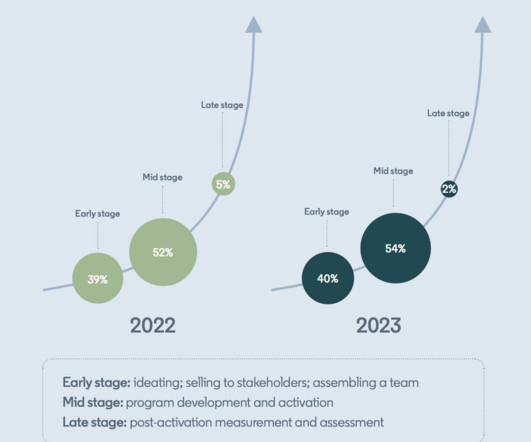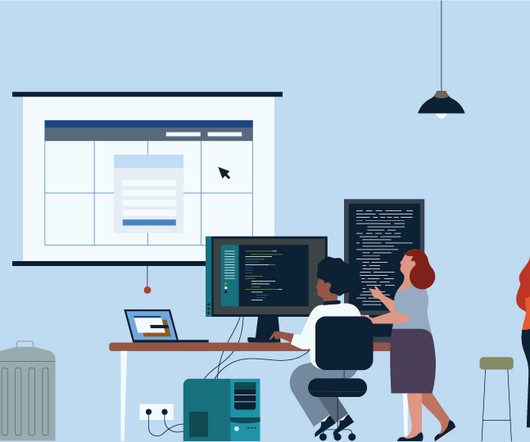The Race to Remain Relevant in a Rapidly Changing Workplace
The Perfect Hire
APRIL 16, 2024
In fact, employers believe that 44% of workers’ skills will be disrupted in the next five years and that six in 10 staff members will require training before 2027 , according to the World Economic Forum’s Future of Jobs Report. Consider the benefits. Your modern data-science based platform will: Identify Skill Gaps with Precision.
















Let's personalize your content